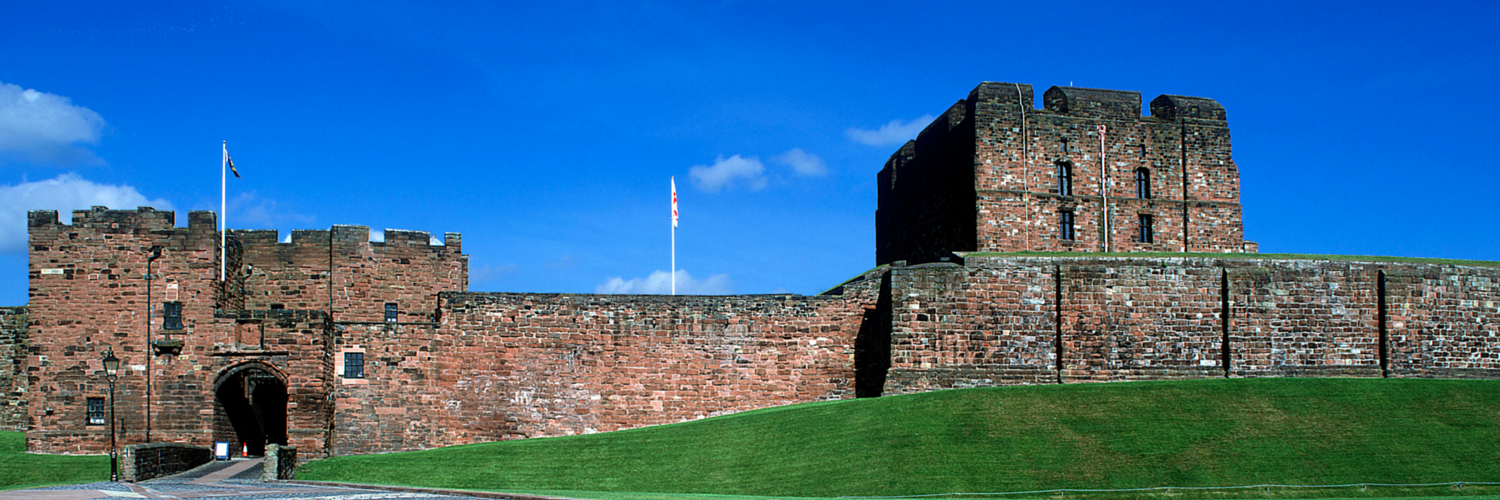The wonderful city of Carlisle
Carlisle is a city that's very close to our hearts. Here's some of our favourite things about this vibrant border city.
The urban capital of Cumbria
Carlisle has been a significant place since well before Roman times and is currently the largest city in England by area with a population of over 100,000. The city is at the northern extreme of the north west of England only 10 miles from the border with Scotland and is the urban capital of the county of Cumbria.
A city that has been pillaged, ravaged and sacked, and still survives
Carlisle has a rich and tempestuous history being located in what has been called the ‘debatable lands’ on the border with Scotland. Having been sacked by the Vikings, pillaged by the Scots and ravaged by the Border Reivers this is a city that has spent much of its history on the ‘frontline’. Carlisle was an important and well fortified Roman settlement serving Hadrian’s Wall before being destroyed by the Danes in 875. The city appears to have been left desolate until after the Norman Conquest and then strengthened during the mid 12th century. As an important frontier town it was frequently disputed and besieged by the English and the Scots during various campaigns and the area suffered from many attacks by the Border Reivers, raiders consisting of Scottish and English families who constantly raided the border country irrespective of their victims’ nationality.
Carlisle is a place of rosy red sandstone architecture epitomised by Carlisle castle built in the 12th century to keep the northern border of England secure against the Scots and the cathedral, which became such in 1133, and is one of the smallest in England.
The city underwent a significant transformation during the industrial revolution when textile manufacture saw it become a densely populated mill town and by 1851 it had a population of 25,000.
A vibrant economy
The railways that arrived in the 19th century saw the city benefit from its strategic location. Indeed, Carlisle is very well connected being on the M6 corridor and by train London is surprisingly under three and a half hours away. All of this helped the city to build on its newly established economic importance which in recent times has encouraged the development of food processing, engineering and logistics sectors.
Landscapes, history and attractions, Carlisle has it all
This is a predominantly rural and stunningly beautiful area with the Solway Estuary to the west, the Pennines to the east, the northern Lake District to the south, the Northumberland National Park in the north east and the Eden valley to the south east. Along with the world heritage site of Hadrian’s Wall Carlisle offers landscapes, history and attractions that define it and are enjoyed by many





